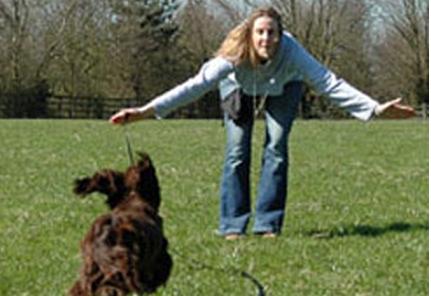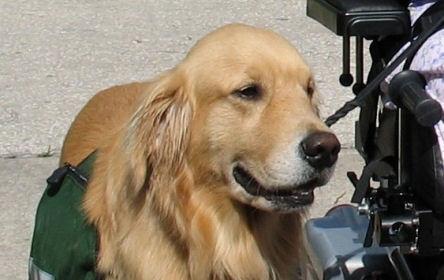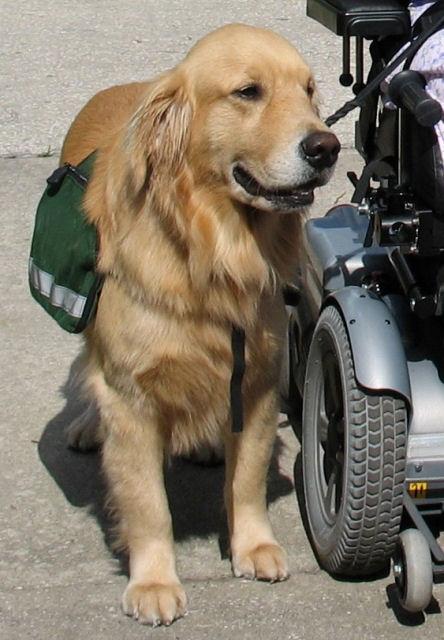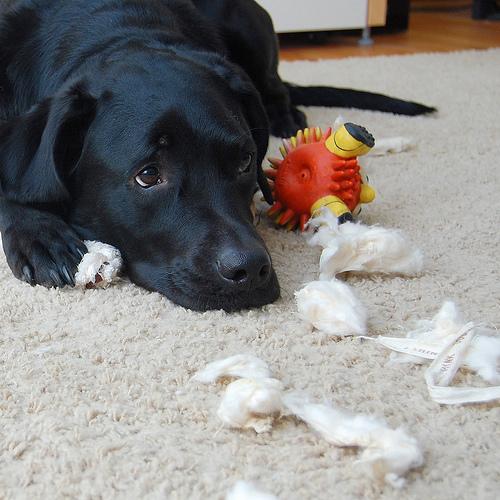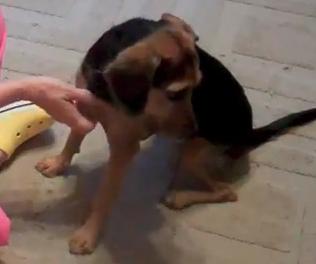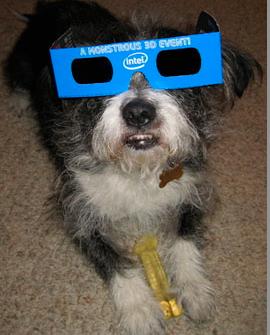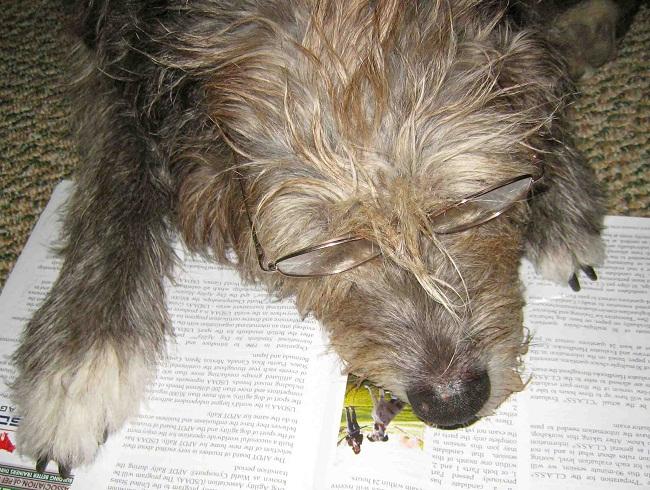People sometimes ask me if it is ever appropriate to punish dogs to change their behavior, and if so, how do you know when it is appropriate? To answer just this question, the Certification Council for Professional Dog Trainers (CCPDT), issued an official position statement that the “Humane Hierarchy be used when making decisions regarding training protocols and behavior interventions”. To see the official position statement, visit CCPDT.org and click on About Us/Public Policies/Position Statements. So what is the Humane Hierarchy? It is a hierarchy of behavior change procedures with the most positive and supportive, least intrusive and aversive methods at the top, and the most aversive and intrusive methods at the bottom. When attempting to change a dog’s behavior, the methods at the top should be used first and most often, and the methods at the bottom should be used last and least often.
 The top level in the hierarchy consists of ensuring that a dog’s basic nutritional, medical, mental/emotional, and physical environment needs are met. Simply addressing a medical problem, changing a diet, providing more space, alleviating boredom, or building a better bond with the owner can reduce or eliminate an undesired behavior.
The top level in the hierarchy consists of ensuring that a dog’s basic nutritional, medical, mental/emotional, and physical environment needs are met. Simply addressing a medical problem, changing a diet, providing more space, alleviating boredom, or building a better bond with the owner can reduce or eliminate an undesired behavior.
The second level consists of managing and changing the environment. This could mean simply removing temptations (e.g., secure the trash) or behavior triggers (close the blinds so the dog doesn’t see people passing by and bark at them), or fencing the yard so the dog can’t get into the neighbor’s yard.
The third level consists of using positive reinforcement to reward the behaviors you want, making behaviors you don’t want less likely. For example, reward your dog for sitting when guests arrive and he will be less likely to jump on them.
In most cases, the top three levels can be used to effectively change behavior. The fourth level is more complex and includes approaches that are more unpleasant and intrusive. The behavioral science terms for those approaches are negative punishment, negative reinforcement, and extinction. Negative punishment means taking something good away when the dog behaves inappropriately, for example, if the dog growls at the cat when the dog is chewing on a bone and the cat walks by, take the bone away from the dog. Negative reinforcement means doing something unpleasant to the dog until the dog does what you want, then stopping the unpleasant thing. An example of this is the old school method of training dogs to retrieve by pinching their ear until they opened their mouth and held a dumbbell in it. When the dog held on to the dumbbell, the ear was released. Extinction is probably the least aversive method in this category and should be the first choice if behavior cannot be changed using the top three categories. Extinction means removing all reward for an undesired behavior, for example, ignoring and giving your dog the cold shoulder when he jumps on you. Extinction, if paired with rewarding an alternative, acceptable behavior, can be quite effective. If not paired with rewarding an alternative behavior, extinction can be confusing and frustrating to a dog.
The lowest category is positive punishment, which means doing something unpleasant to your dog when he behaves inappropriately, to stop the behavior, like a shock or prong collar, or other physical types of punishment, including shouting and scaring your dog. Punishment should be the last resort and used only when all methods in higher categories have been exhausted. One caveat here is that shouting at your dog in an emergency to stop a behavior, for example your dog is running into a busy street, is not the same as using punishment as a training method. If I as a trainer resort to punishment (and on a few rare occasions I have), it probably means that I am not as good a trainer as I could be, and need to learn how to use all the other categories more effectively. Resorting to punishment means I am not good enough. It does not mean my dog is not good enough.
..


